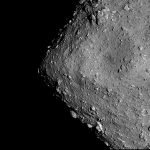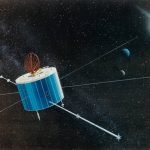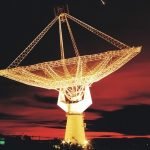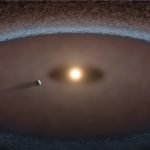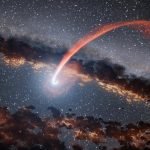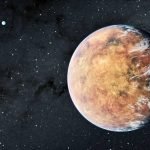Ryugu asteroid helps reveal how the solar system was formed
Our solar system is estimated to be about 4.57 billion years old.
Previous analyses of ancient meteorites have shown that minerals were created through chemical...
New comets study reveals chemical composition of early solar system
A new study by University of Central Florida researchers has found strong evidence that the outgassing of molecules from comets could trace the chemical...
NASA’s Geotail mission operations come to an end after 30 years
After 30 years in orbit, mission operations for the joint NASA-JAXA Geotail spacecraft have ended, after the failure of the spacecraft’s remaining data recorder.
How to shelter from a nuclear explosion
There is no good place to be when a nuclear bomb goes off. Anything too close is instantly vaporized, and radiation can pose a serious health threat even at a distance.
Astronomers capture radio signal from distant galaxy
How do stars form in distant galaxies?
Astronomers have long been trying to answer this question by detecting radio signals emitted by nearby galaxies.
However, these...
This small laser device can help detect signs of life on other planets
As space missions delve deeper into the outer solar system, the need for more compact, resource-conserving and accurate analytical tools has become increasingly critical—especially...
Active galactic nuclei are even more powerful than thought, shows study
Powered by supermassive black holes swallowing matter in the centers of galaxies, active galactic nuclei are the most powerful compact steady sources of energy...
New study reveals a star’s unexpected survival
As the star is shredded, its remnants are transformed into a stream of debris that rains back down onto the black hole to form a very hot, very bright disk of material swirling around the black hole, called an accretion disc.
Why new exoplanet discovery is a big deal
Researchers have discovered an Earth-sized exoplanet—a planet outside of our solar system.
The planet, named TOI-700 e, falls within its star’s habitable zone, meaning it...

